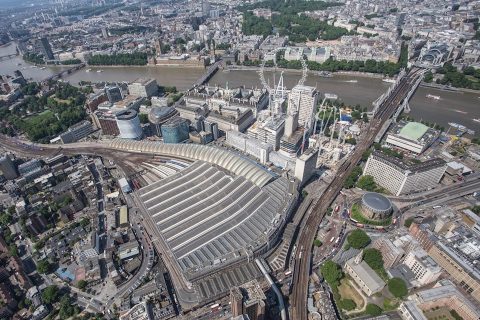CER: Europe should rebalance transport policy towards railways

Railways are the most sustainable mode of transport in Europe. Such a conclusion was provided by CE Delft, a Dutch independent research organisation. Community of European Railway and Infrastructure Companies (CER) agrees with this and stresses that the European governments should rebalance transport policy towards the rail sector.
Want to read more?
You have read all of your free premium articles for this month. Please become a subscriber to keep reading.
Subscribe now!
Take advantage of our exclusive offer to get full access to all premium content.




